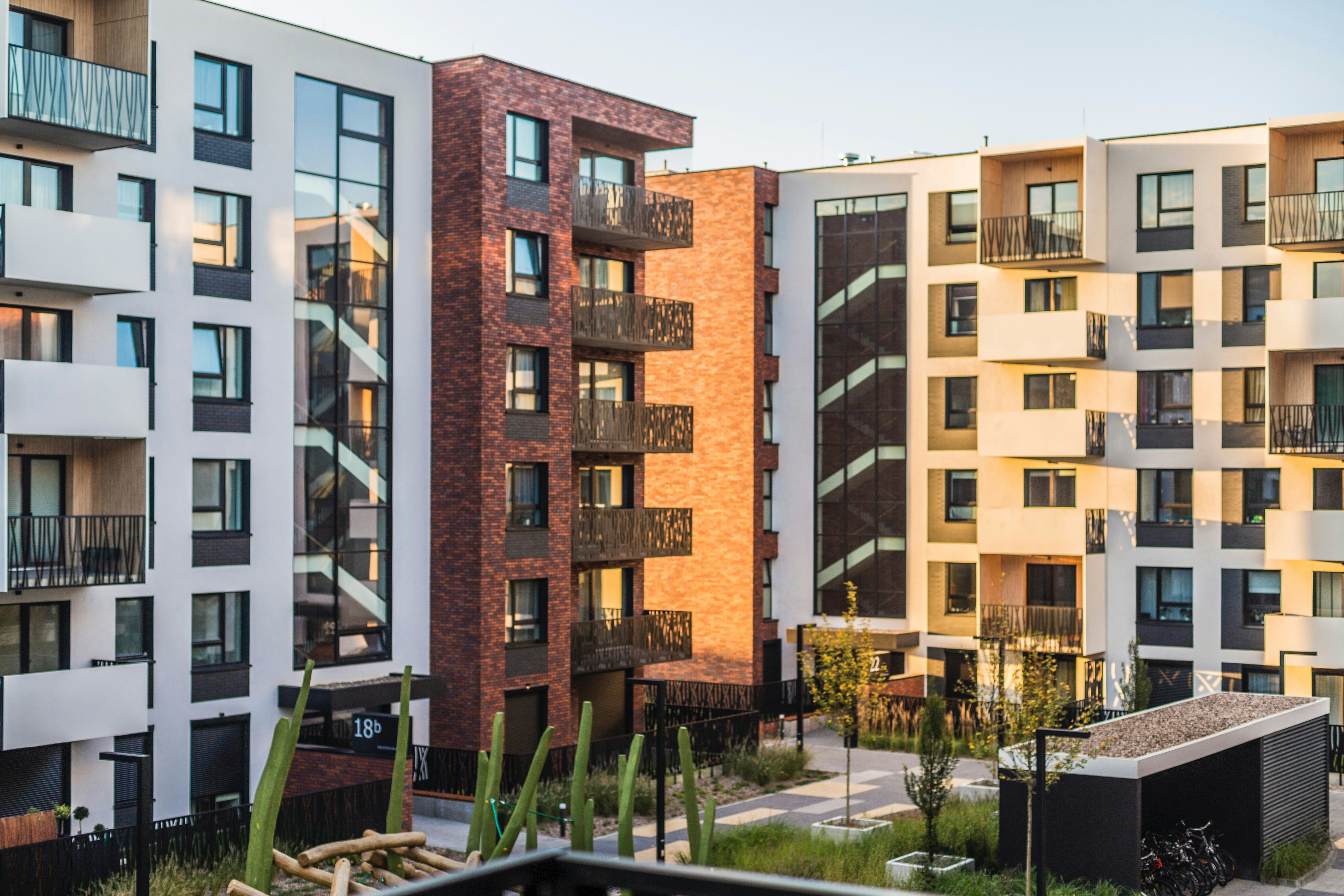1. Upfront costs and infrastructure demands.
Heat networks operate by distributing heat (typically via hot water or steam) from a central source to multiple properties. The idea is simple. The implementation? Not so much.
Smaller developers, already tight on budget and timelines, may find the infrastructure investment daunting. Installing centralised plant rooms, heat exchangers, extensive pipework, and smart meters isn’t cheap, and that’s before you factor in the technical design work needed to ensure compliance with metering and billing regulations.
These systems also require smart planning from the outset. Retrofitting at a later stage is a logistical nightmare, so developers need to involve specialist heating consultants in the design process.
2. More red tape (but for good reason)
Under both existing rules and the upcoming Ofgem framework, developers must ensure their heat networks meet strict standards on performance, transparency, and customer billing. That includes:
● Accurate metering for individual units
● Transparent billing based on actual usage
● Regular reporting to government bodies or regulators
This isnt just a one-off box ticking exercise. Developers may be responsible for ongoing monitoring and reporting, meaning you’ll either need to build operational capabilities in-house or contract third parties to manage this.
It’s additional admin, yes, but it’s there to ensure fairness for end-users and improve overall energy efficiency. If you’re unsure about the next steps you need to take, don’t hesitate to get in touch with our specialists or impartial, no-obligation advice.
3. More complexity in design and delivery
Adding a heat network to a development isn’t as simple as plugging in a few radiators. These systems influence building layout, space allocation (think plant rooms and service ducts), and can require coordination across multiple disciplines – architects, mechanical engineers, compliance experts, and more.
It also adds time. Planning applications may need to reflect the heat network’s technical design, and the construction programme must accommodate installation and testing. If you’re used to tighter turnarounds, this is a crucial consideration – things will likely take a little longer under the new regs, and you need to factor this in.
4. The legal risks and the cost of non-compliance
From 2026/27, Ofgem will have the power to enforce heat network compliance, including consumer protection requirements. That means developers who get it wrong (or simply fail to register and maintain their networks) could face:
● Fines and penalties
● Legal claims from residents
● Reputational damage
There’s also a contractual element. Developers must ensure their agreements with energy providers or network operators include provisions for ongoing compliance, maintenance, and dispute resolution. In short: paperwork and due diligence matter now more than ever.
5. A new layer of long-term responsibility
Heat networks aren’t a “fit and forget” solution. If you’re the developer, you may also be the operator, or at least responsible for appointing one. That means overseeing:
● Maintenance and servicing schedules
● Billing accuracy
● Customer support
● Emergency response procedures
Smaller developers might not have the operational muscle for this, so many will need to consider partnering with a specialist heat network operator post-construction. This adds cost, but it's often necessary to ensure smooth running and regulatory compliance.
6. The silver lining: incentives and market differentiation for developers
It’s not all doom and gloom. The UK government is actively encouraging low-carbon heating systems, and there are grants and funding schemes available to support developers making the leap. Projects that embrace sustainable heating may also:
● Command a premium with eco-conscious buyers and tenants
● Achieve certifications like BREEAM or Passivhaus
● Align with net-zero targets, protecting the asset’s long-term value
Essentially, developers who make the effort to comply, and do it well, can position themselves as forward-thinking, environmentally responsible, and future-ready. Make this a unique selling point of your organisation, and start advertising it as soon as possible to help you stand out from the crowd.
7. Communal living projects – what you need to do
Ofgem now takes formal responsibility for overseeing heat networks, with a strong focus on consumer protection, billing transparency, and technical compliance. This will have an especially big impact on communal buildings such as:
● Blocks of flats
● Student accommodation
● Care homes
● Housing estates
In these settings, where tenants share centralised heating systems, developers must ensure that each unit has access to accurate metering and is only billed for what they use. Ofgem will also enforce standards around complaint handling, meaning tenant disputes will now have formal escalation routes, and building owners will be expected to respond quickly and efficiently.
8. Energy price caps and cost control
Another issue developers need to keep an eye on is the energy price cap. While the cap is designed to protect consumers, changes to it can affect communal heating costs – especially if contracts are tied to specific energy suppliers or rates.
Developers and property managers must plan carefully around energy procurement strategies and service charge models, making sure increases in wholesale costs don’t hit tenants unfairly or cause affordability issues down the line.
9. Sustainability pressure
As Ofgem ramps up its oversight, developers will also be under pressure to contribute to the UK’s broader energy price cap.. That means prioritising:
- Low-carbon heat sources (e.g. heat pumps, biomass, solar thermal)
- High-efficiency systems that reduce wasted energy
- Integration with smart controls and performance monitoring
Yes, it means more upfront investment. But it also positions a development to meet evolving sustainability standards, and could unlock long-term operational savings and environmental credentials that boost market value.
So, what should developers do right now?
Here’s a quick roadmap to stay ahead of the curve:
- Start early – Plan for heat networks during the concept and design stages
- Talk to specialists – Engineers, compliance consultants, and network operators can save you headaches later
- Budget wisely – Account for installation, regulation, and maintenance from day one
- Think long-term – Plan not just for build, but for operation, maintenance and resident support
- Stay updated – Ofgem’s regulatory framework is still evolving; staying informed is key
Heat Network Regulations – a risk or opportunity for developers?
For small to mid-sized developers, heat network regulations – especially in the shadow of Ofgem – might seem like a regulatory minefield. But for those willing to lean in, they also offer a genuine opportunity to future-proof developments, unlock funding, appeal to sustainability-conscious buyers, and build in long-term value.
The key is to act early, stay informed, and bring in the right expertise at the right time.
The key is to get in touch with Communal Energy Partners, and to do so urgently. We’re already supporting a growing list of developers to prepare for and tackle regulatory hurdles; we’re ready to support your organisation too.
Get in touch with our team


